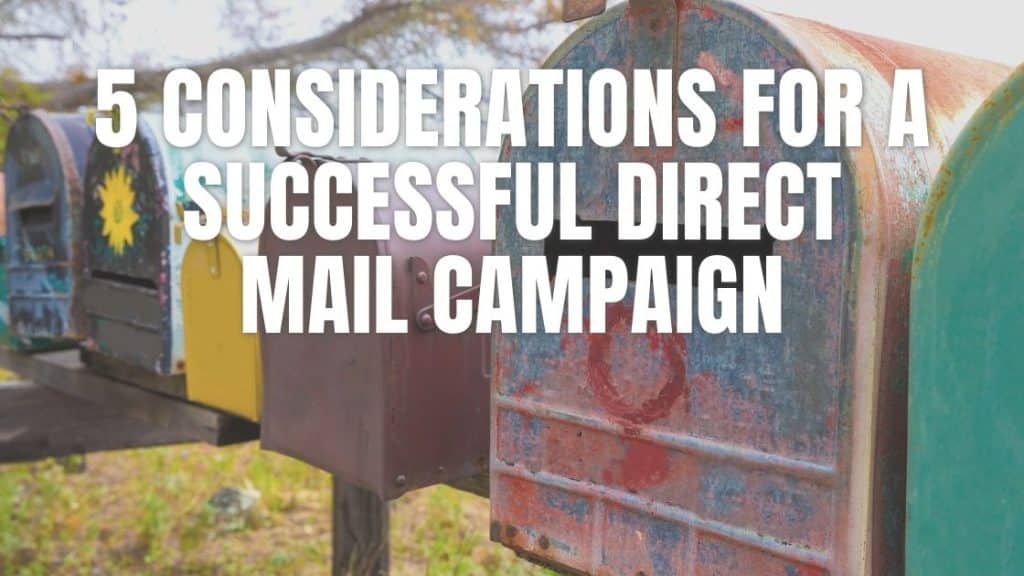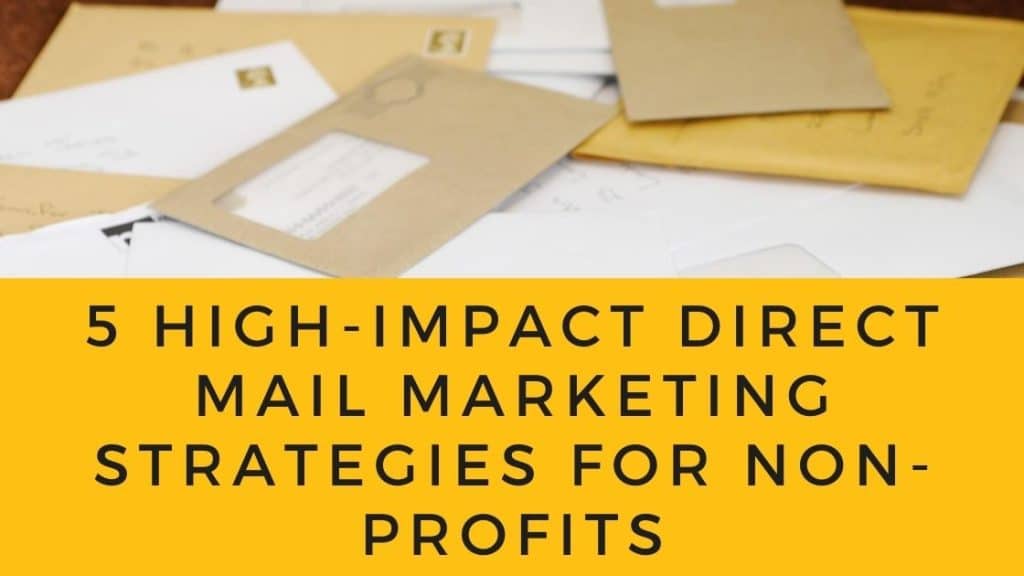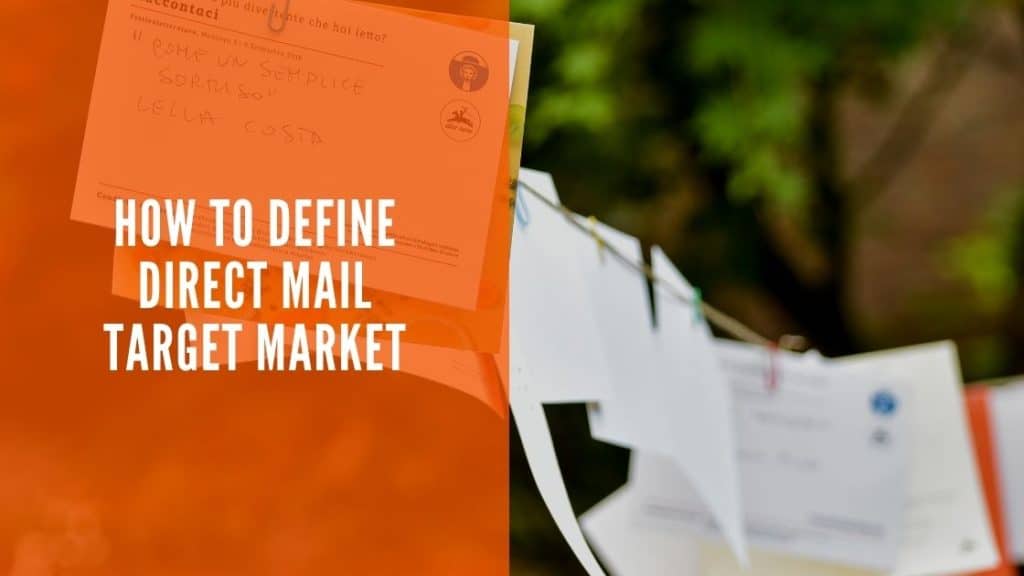Personalization and customization are popular words in marketing. Despite their unique importance, many marketers make the bad habit of using the two terms interchangeably. Personalization and customization are not the same; both words have different meanings. Both are also vital to all marketing projects.
Here is some helpful information describing the two terms and why they both matter for your next outreach to your members.
Defining Personalization
Personalization is something an organization does for its members. Personalization is when an organization focuses on its members’ needs more effectively and efficiently. The act of personalizing a member’s needs involves increasing satisfaction and concentrating on the likelihood of them members remaining dedicated to your mission. The personalization tactic used is tailoring their experience based on past behaviors.
Defining Customization
Customization is something a member does for themselves. Customization is when a member can modify something to suit their personal needs or tasks. For instance, an application or service may allow users to customize or make changes to the experience like configuring a layout, content, or functionality. Allowing members this type of flexibility shows that an organization trusts their judgments on what they prefer and want to get out of their interaction with an organization.
What’s the Difference?
The definitions sound similar, right? But here’s how they are different. Personalization and customization achieve the same goal of reaching the desired experience for the members, but different use different paths to get there.
Personalization is an organizational activity, while customization is a member activity. For example, let’s think of a shared family car. When you get into the car, it automatically knows the seat adjustments you like, what music you like to hear, and what temperature you prefer. All the settings are tailored to you and automatically selected when you hop in the driver’s seat. That’s personalization.
Now let’s think of a slightly different scenario. You get into your shared family car, but you need to manually adjust your seat, scroll through the radio channels to find the music you like, and adjust the temperature to what you want for the drive. That’s customization.
The difference between the two is who is making the changes. Members can customize products and services to fit their own individual needs. Organizations will personalize their services and communications for the member. Both may have similar results, but the actions are dependent on who is making the choices for the end result.
Organizations utilize member data and predictive technologies to achieve personalization. Members manually make changes to reach their preferred experience.
The Benefits of Personalization
The most significant benefit of personalized marketing is that it allows an organization to effectively target current and future members. The targeted approach helps boost the odds of engagement and responses by appealing to people’s likes, needs, and interests. This type of focused marketing creates higher conversions and is ultimately an incredibly successful approach.
Personalized marketing not only leads to increased membership but also happier members. Members feel more connected to an organization when the advertising is personalized and appealing to them. Members want to feel a connection with the organizations they support. When communications are not personalized, people have a poor experience and are less likely to engage with an organization.
The Benefits of Customization
Customization enhances the member experience because it allows them to control their interaction with your organization. Each member can get precisely what they want because they are in control. Customization works well for organizations because it assumes their members know what’s best for their wants and needs. Customization is based on the member’s natural intelligence over the system’s artificial intelligence.
What does this mean for direct mail?
Organizations have the power to personalize their member experience. By choosing to personalize direct mail marketing campaigns, organizations will boost their brand loyalty, create a better experience, improve customer service, and align their marketing channels. Allowing customization options for direct mail shows that you trust your member’s judgment on what they want to receive from your organization.
Valtim Can Help with Personalization and Customization
Valtim understands that every member is different. Understanding your members is the key to optimizing personalization and customization. Both approaches require work and maintenance over time. Let Valtim help your organization reach peak member experience by allowing us to help you with your personalization and customization goals.



